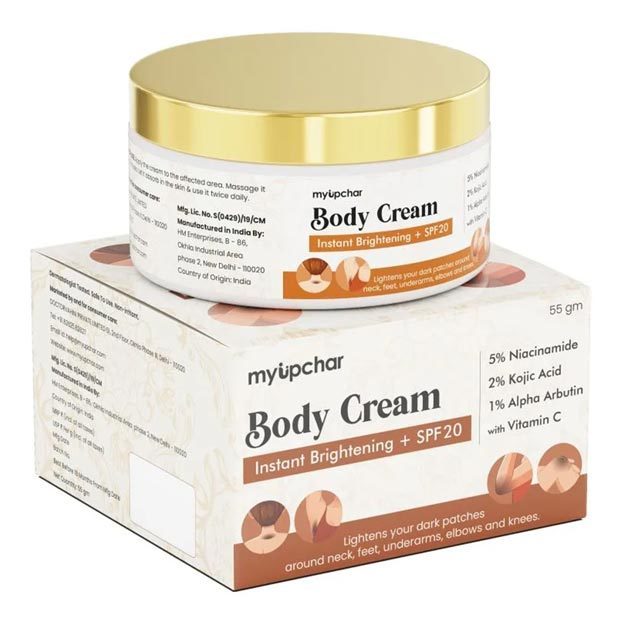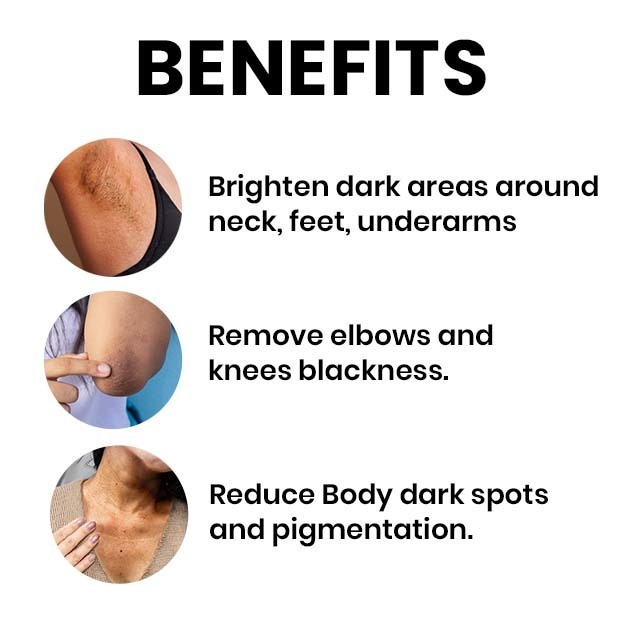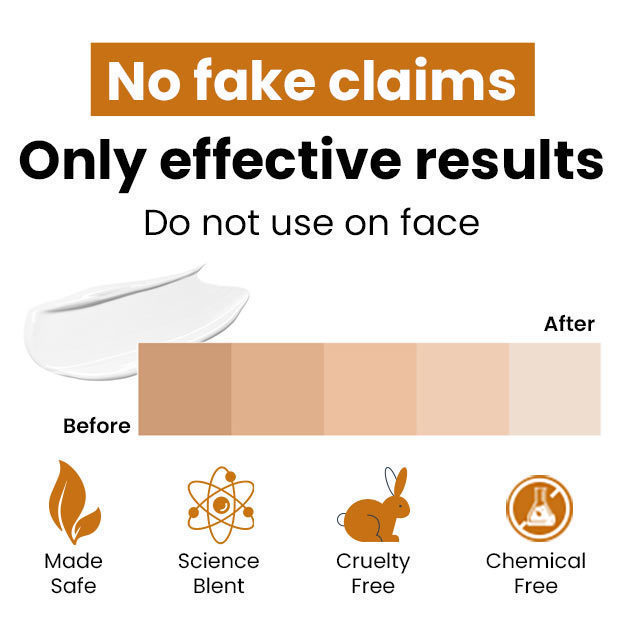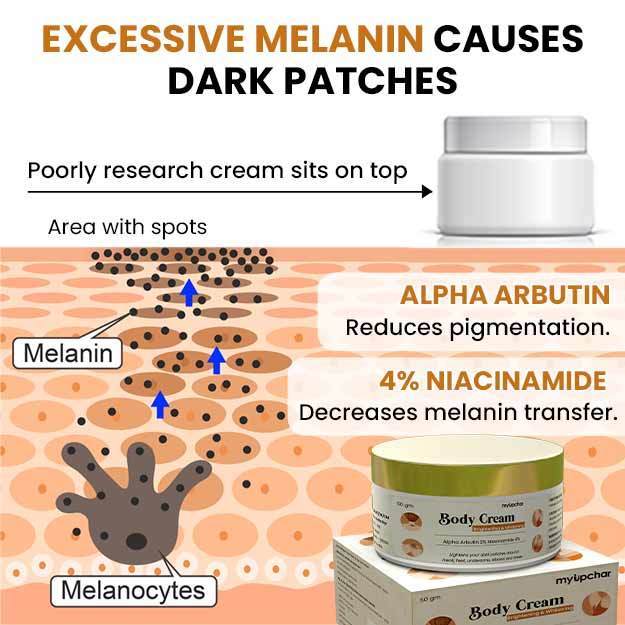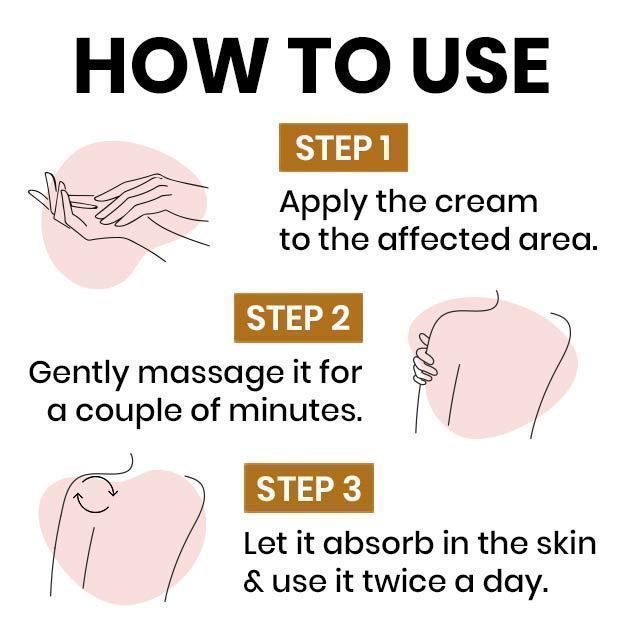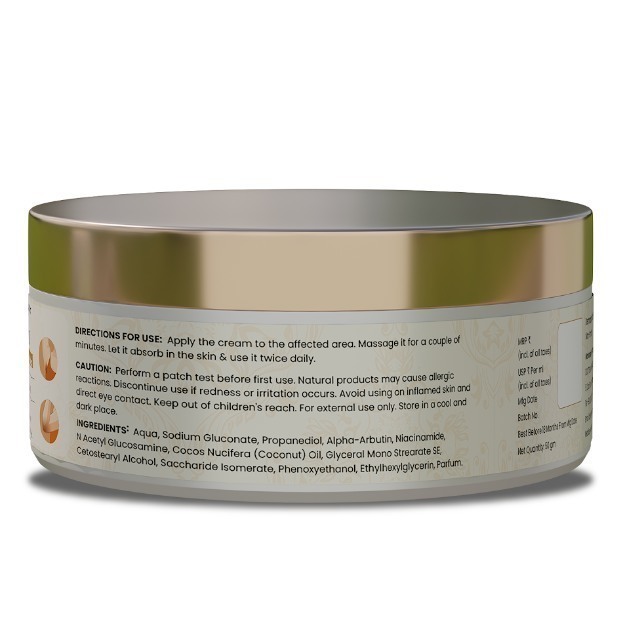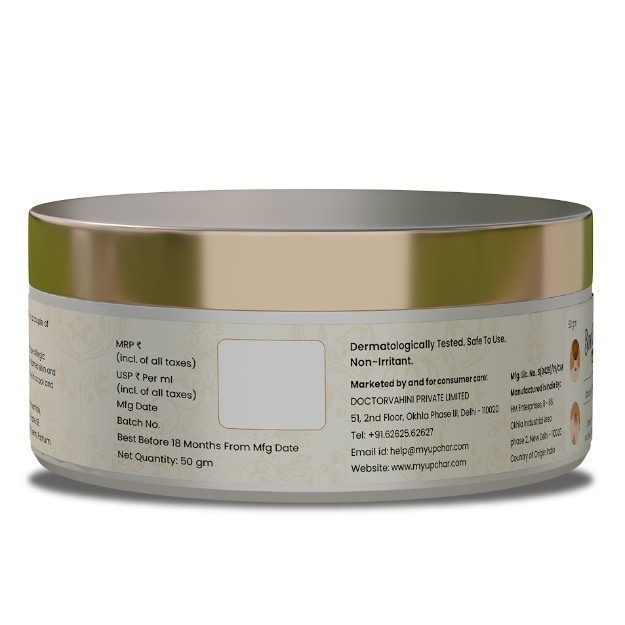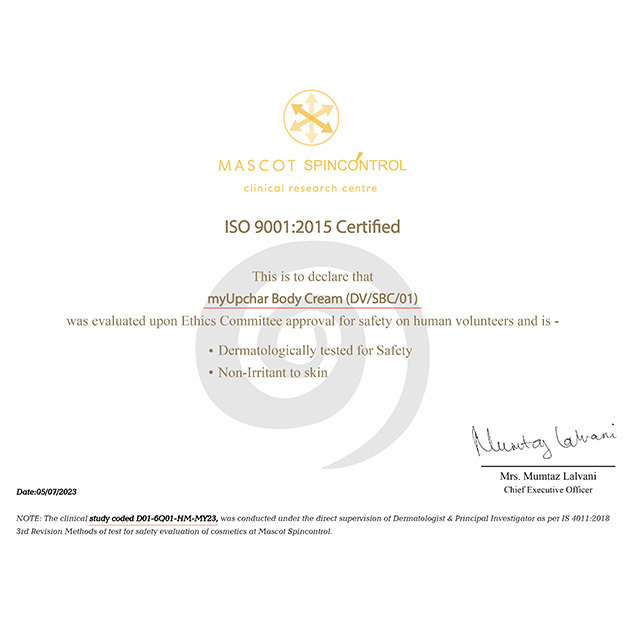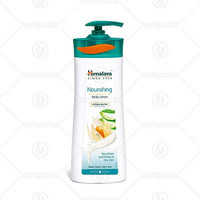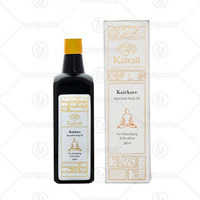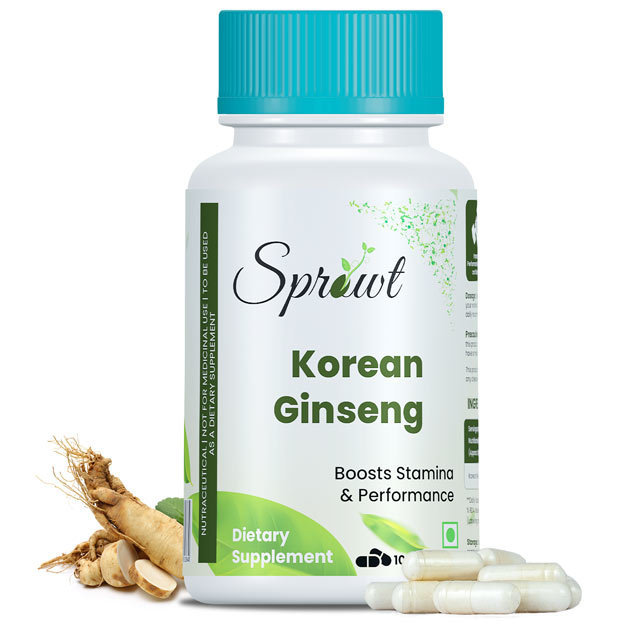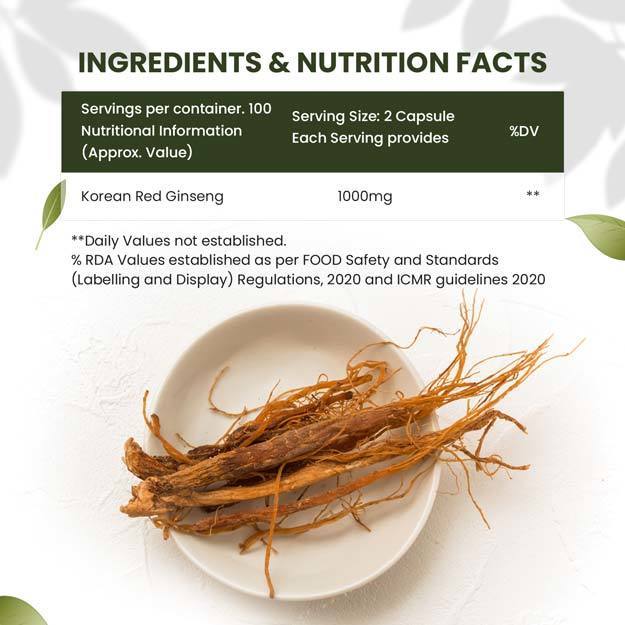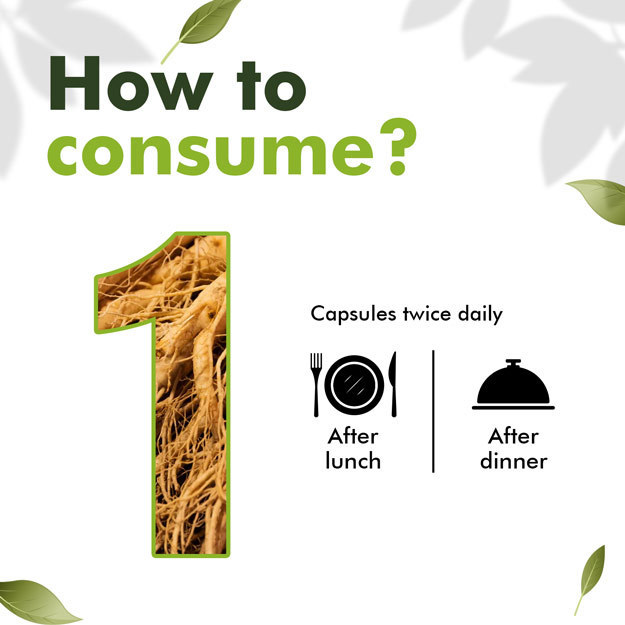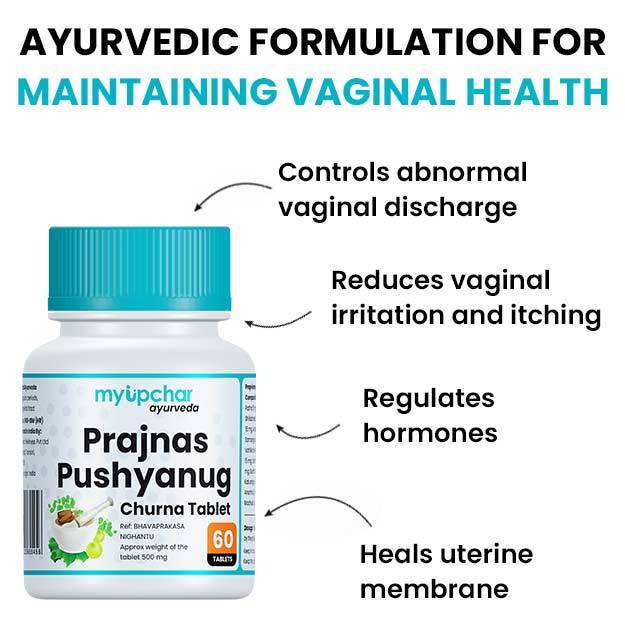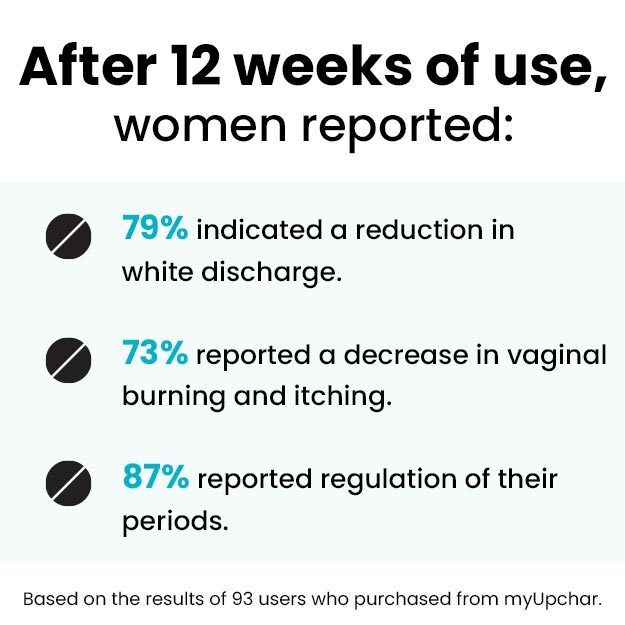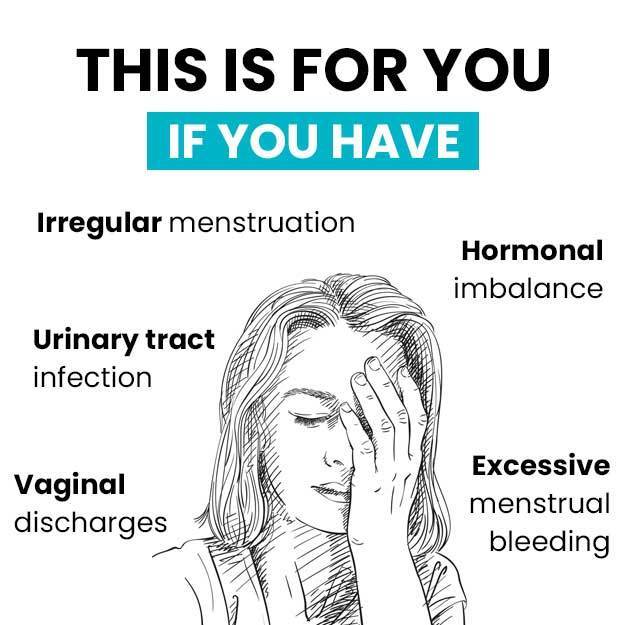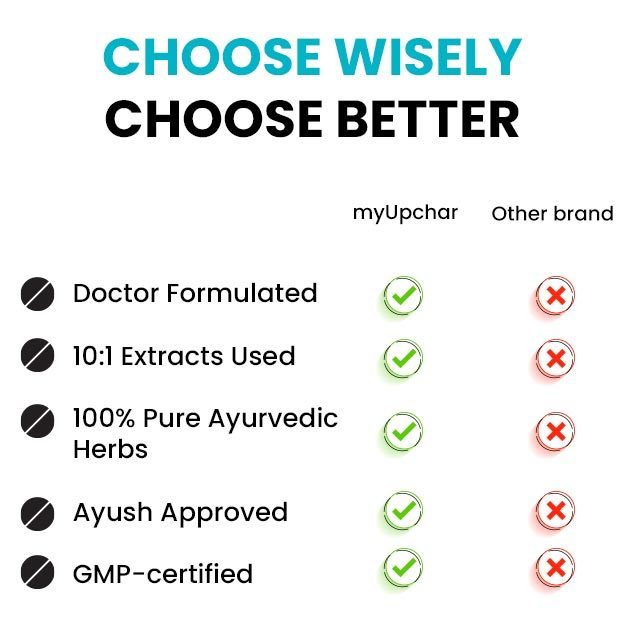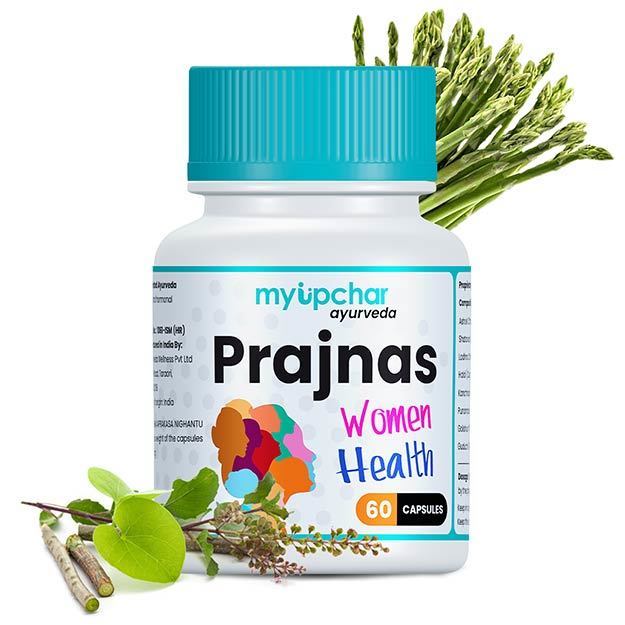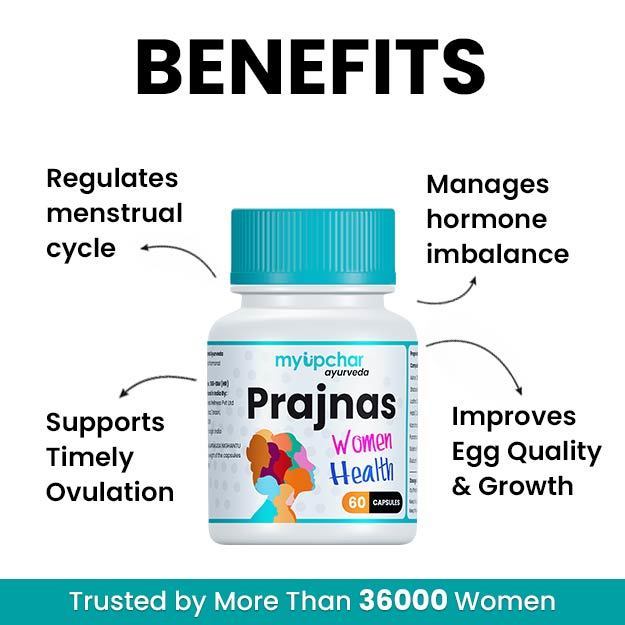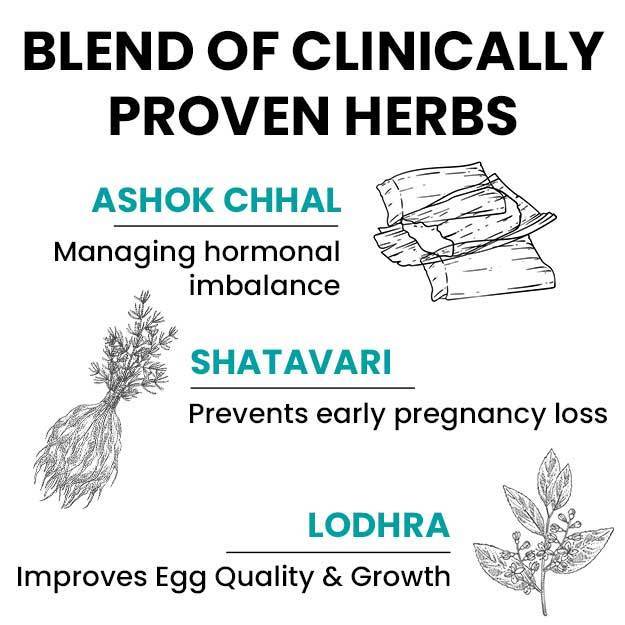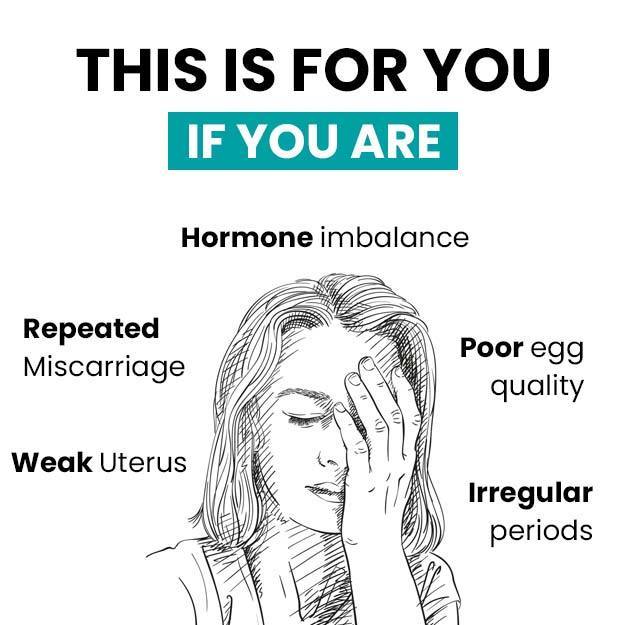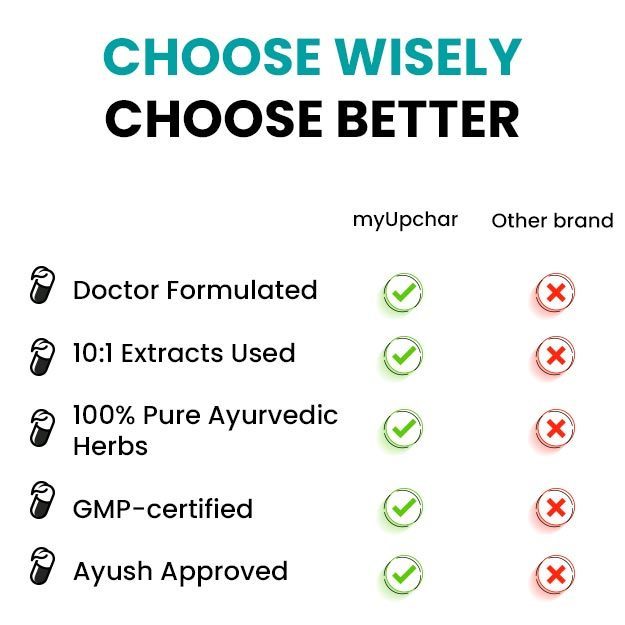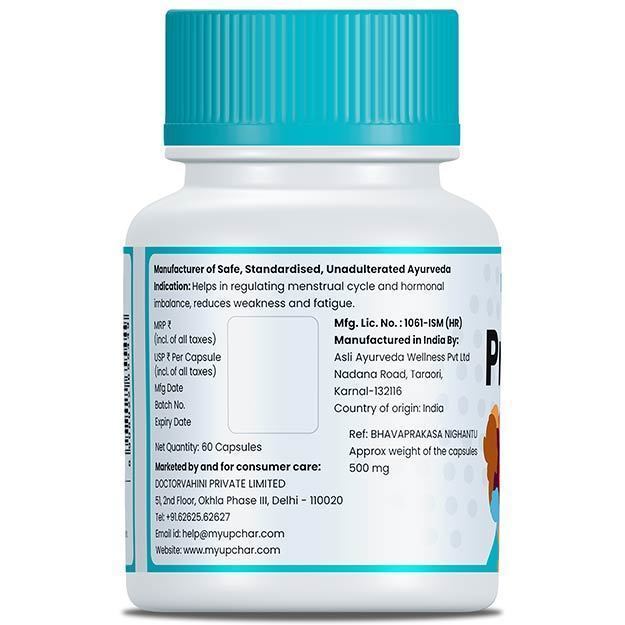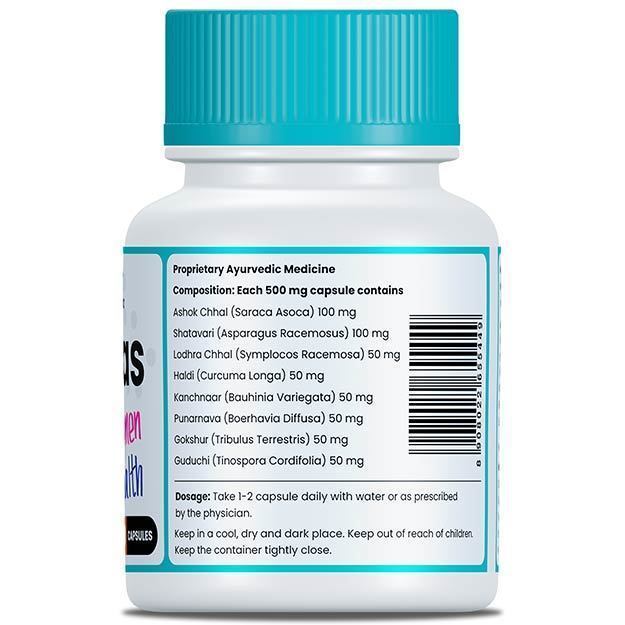In an era where beauty standards are often shaped by global influences and digital imagery, the conversation around skin tone has expanded beyond the face and visible body parts to include intimate areas. Despite growing awareness about body positivity and the natural diversity of human appearance, the desire for "fairer" skin continues to drive a significant market, particularly in regions like India. This pursuit of a lighter complexion has unfortunately extended to the genitals, prompting women to consider various methods to whiten these private areas, often driven by a perceived notion of enhanced sexual appeal. This article delves into the common reasons why genital skin appears darker than the rest of the body, explores what "vaginal whitening" truly entails, examines the societal pressures that fuel its desirability, and critically evaluates the various methods—from home remedies to professional procedures—along with their associated risks and benefits. Ultimately, it aims to provide a comprehensive understanding of this sensitive topic, emphasizing natural bodily variations and the importance of health over potentially harmful cosmetic trends.
- Why Are The Genitals Darker Than The Rest Of The Body
- What Is Vaginal Whitening?
- Is White Vagina More Desirable?
- How To Get A Lighter Vagina?
- Hair Removal For Vaginal Whitening
- Whiten Private Parts Naturally
-
Home Remedies To Whiten Private Part
- Aspirin Lighten Private Part?
- Orange Peel With Milk Lighten Private Part?
- Tomato Lighten Private Part?
- Potato Lighten Private Part?
- Cucumber Juice Lighten Private Part?
- Baking Soda Lighten Private Part?
- Chandan Lighten Private Part?
- Papaya Lighten Private Part?
- Almond Lighten Private Part?
- Besan Lighten Private Part?
- Dahi Lighten Private Part?
- Apple Lighten Private Part?
- Does Bleaching Lighten Private Parts?
- Does Laser Treatment Lighten Private Parts?
- Tips To Avoid Excessive Darkening
- Is It OK To Have Dark Private Areas?
- Risks Of Vaginal Whitening Procedures
- Summary
Why Are The Genitals Darker Than The Rest Of The Body
Discrimination based on skin colour is a global problem. While we proudly say that we are not colour biased, many of us, especially, in countries like India, may believe that fair skin is beautiful. Although it is very unfortunate, this very importance given to fairer skin is the reason that India is one of the largest markets for fairness products. This movement has now spotlighted even the colour of the genitals and has got women thinking about whitening them to make them look more sexually appealing. Following are the reasons that explain the darker colour of genitals:
- Hormones: The sex hormones secreted in your body are responsible for the production of melanocytes (cells which produce the dark pigment melanin). Oestrogen in women and testosterone in men make the sex organs appear darker, and the change in colour is more obvious as you reach puberty.
- Friction: Whenever your skin rubs against itself, your garments or any surface continuously, friction occurs, which is responsible for the darkening of the skin. A simple example can be the armpits or elbows which have darker skin than the rest of the body due to friction. Due to similar reasons, the skin of the vagina is also darker than the colour of the rest of your body. Constant friction against the undergarments adds to the darker colour. Tight undergarments can further be a reason for a darker vagina and add on to the problem.
- Weight gain: Excessive weight gain can increase the friction between the skin and the undergarments and result in the darkening of the vagina. Obesity is also associated with a condition termed acanthosis nigricans, in which the skin turns dark and velvety in the areas of skin fold like the groin and genitals. This is typically seen in women with polycystic ovarian syndrome (PCOD) and diabetes and is part of the metabolic syndrome.
- Cosmetics: You may often use talcum powder to beat the sweat in the vaginal area and around the thighs. Constant use of such products may darken the skin in that area.
- Age: When you are in your 30s, hormonal changes may cause darkening of the labia and vagina.
- Pregnancy: During pregnancy, darkening of many parts like the armpits, labia, nipples, and the vaginal opening is common due to the hormonal shift.
- Hereditary factors: You may have darker genitals simply because it runs in your family.
- Hair removal: Regular and prolonged shaving of hair around the vagina can lead to skin darkening in your genital area. Shaving also tends to leave behind tiny stubbles, which may give the appearance of a darker vagina even if it is not. Same is true with the use of skin care creams, which may not suit you and lead to the darkening of the skin in the area of the vagina.
- Rashes and Infection: Vaginal infection and rashes in the area can be itchy at times. If you scratch this area to relieve the itch too often, then this might result in darkening due to increased friction. Of course, infections and rashes are a matter of concern in themselves and you must consult your gynaecologist if you experience an intense itch or note a rash.
(Read More: Best Time To Get Pregnant)
What Is Vaginal Whitening?
“Vaginal whitening" – it's a topic that comes up a fair bit, so it's good to understand what it's all about.
First off, let's clear up a common misconception: when people talk about "vaginal whitening," they're actually referring to the external genital area, not the internal vagina itself. Think of it as "intimate area brightening" or "vulvar bleaching."
So, what exactly is it?
Basically, it's a cosmetic procedure designed to lighten the skin tone of the vulva (the outer lips and surrounding skin) and sometimes even the inner thighs. You might wonder why someone would want to do this, right? Well, just like skin on other parts of our bodies, the skin in the intimate area can naturally be darker due to various reasons:
- Genetics: Sometimes, it's just how you're built!
- Hormonal changes: Puberty, pregnancy, and aging can all play a role.
- Friction: Tight clothing or even just movement can cause darkening over time.
Hyperpigmentation: This is a fancy word for patches of skin becoming darker than the surrounding skin.
Is White Vagina More Desirable?
Let's break down whether a "white vagina" (meaning a lighter-colored vulva) is truly "more desirable."
The Idea of "Desirability"
First off, the idea that a lighter-colored vulva is more desirable isn't rooted in any biological truth or universal human preference. Our bodies, including our intimate areas, naturally come in an incredible range of shapes, sizes, and colors. Just like skin on the rest of your body, the vulva's color is influenced by genetics, hormones (think puberty, pregnancy, or aging), and even friction from clothing. It's completely normal for the labia and surrounding skin to be darker than other parts of the body.
So, if it's not a natural preference, where does this idea come from?
Media and Pornography: This is a huge influence.
-
Pornography often showcases a very narrow and, frankly, unrealistic depiction of vulvas. They're frequently presented as small, "neat," and often lighter in color. This isn't usually natural; it's often the result of very specific casting, lighting, or even cosmetic procedures done to fit a particular aesthetic. When people are constantly exposed to this limited view, it can unfortunately warp their perception of what's "normal" or "ideal."
-
Mainstream beauty standards also play a role. Historically, and still in many places, lighter skin has been idealized as a standard of beauty. This preference can seep into all areas of body image, including the intimate ones.
Lack of Real-World Exposure: Most of us don't get to see a wide variety of healthy, normal vulvas in everyday life. This lack of diverse exposure can lead to insecurities if someone feels their own natural body doesn't match the very specific, often unattainable, images they see in the media.
Cosmetic Marketing: The beauty industry, always quick to capitalize on perceived "flaws," steps in. They market products and procedures like "vaginal whitening" to "fix" something that isn't broken. This creates a demand for cosmetic alterations where there's absolutely no medical need.
See Similar Category Medicines Here
How To Get A Lighter Vagina?
Once you have made up your mind that you wish to have a lighter colour for your vagina, you might start exploring the options available. In just a click, you will see an astounding range of products and procedures available to whiten your vagina. Let’s discuss some of these options in more detail and weigh their worth and effectiveness:
Hair Removal For Vaginal Whitening
You're hitting on a very common and practical point when it comes to the topic of "vaginal whitening" – the role of hair removal! It's true that the methods we use to remove hair in the intimate area can significantly impact the skin's tone and appearance.
Here's a breakdown of the connection between hair removal and skin darkening (hyperpigmentation) in the intimate area, and how it relates to the idea of "vaginal whitening":
(Read More: White Discharge (Leucorrhea))
How to Minimize Darkening from Hair Removal
If you're concerned about darkening from hair removal, here are some strategies:
Improve Your Technique:
-
Shaving: Use a sharp, clean razor; shave with the grain (in the direction of hair growth); use a generous amount of shaving cream or gel; moisturize immediately after.
-
Waxing: Ensure it's done by a reputable professional; prep the skin properly; use soothing aftercare.
Skincare for Prevention and Treatment:
Gentle Exfoliation: Regularly and gently exfoliating the area can help remove dead, pigmented skin cells. Look for products with mild AHAs (like lactic or mandelic acid) or BHAs (like salicylic acid) that are suitable for sensitive skin.
Moisturize Regularly: Keeping the skin hydrated helps maintain its barrier function and can reduce irritation.
Ingredients for Brightening: If PIH has already occurred, products containing ingredients like:
- Kojic Acid
- Vitamin C
- Niacinamide
- Arbutin
- Azelaic Acid
- Tranexamic Acid can help to gently lighten dark spots over time by inhibiting melanin production. Always use products specifically formulated for sensitive areas and ideally, consult a dermatologist.
Sun Protection: While less common for constantly covered areas, sun exposure can worsen hyperpigmentation.
How Hair Removal Can Affect Skin Tone
The skin in the intimate area, particularly the vulva and bikini line, is quite delicate and prone to irritation. When this skin is repeatedly irritated, it can trigger a process called post-inflammatory hyperpigmentation (PIH). Simply put, PIH is when the skin produces extra melanin (the pigment that gives skin its color) in response to inflammation, injury, or irritation. This leads to a darkening of the affected area.
Let's look at common hair removal methods and their impact:
Shaving:
The Biggest Culprit for PIH: Shaving is arguably the most common cause of darkening. The razor blade causes tiny cuts and scrapes, friction, and can lead to razor bumps and ingrown hairs. Each of these can inflame the skin, leading to PIH.
Frequent Irritation: Because shaving usually needs to be done frequently, the skin is constantly subjected to this irritation, making it harder for the PIH to fade.
Waxing:
Pulling and Trauma: Waxing involves pulling hair from the root, which can be traumatic to the skin, causing significant inflammation, redness, and sometimes even bruising. This immediate irritation can lead to PIH over time.
Skin Lifting/Burns: If the wax is too hot or the technique is improper, it can lead to burns or skin lifting, which will almost certainly result in darkening as the skin heals.
Depilatory Creams:
Chemical Irritation: These creams use chemicals to dissolve hair. While often painless in terms of pulling, they can be harsh and cause chemical irritation or allergic reactions, especially on sensitive intimate skin. Any such reaction can trigger PIH.
Plucking/Tweezing:
Localized Irritation: While less common for large areas, plucking individual hairs can cause localized irritation and ingrown hairs, leading to small, dark spots.
For many individuals, the desire for "vaginal whitening" isn't about lightening their natural skin tone, which is healthy and varies widely. Instead, it's often about correcting the darkening that has occurred as a result of consistent hair removal practices and the subsequent PIH. They're looking to achieve a more even tone, often closer to their inherent skin color in less irritated areas.
Study Related To Skin Whitening Cream
This study "A multicentric, prospective, observational study evaluating the practice pattern and use of fixed dose topical regimen for hyperpigmentation in intimate and high friction areas", conducted by Shankar DSK et al., was published in the International Journal of Research in Dermatology in August 2023 (with some sections indicating September-October 2023). It focuses on hyperpigmentation in sensitive and high-friction body areas.
The study found that hyperpigmentation in intimate and high-friction areas, such as armpits, inner thighs, elbows, knees, and groin, is a significant dermatological concern among the Indian population. The majority of dermatologists surveyed (96%) recommended "Pigmentbio Sensitive areas" for these concerns.
The study involved a questionnaire-based opinion survey administered to dermatologists across India. A total of 1402 patients were included in the study, and complete responses were received from 75 dermatologists. The results indicated strong positive opinions regarding the product Pigmentbio Sensitive areas:
- Effectiveness: 57% of dermatologists opined its effectiveness for intimate and high friction areas as "excellent," 39% as "good," 3% as "fair," and only 1% as "poor."
- Safety: 54% of dermatologists found the safety of Pigmentbio Sensitive areas on intimate areas as "excellent," 45% as "good," and 1% as "fair," with no dermatologists finding it "poor." Notably, 96% of the dermatologists did not find any safety issues.
This was a multicentric, prospective, observational study. It gathered data on the epidemiology of hyperpigmentation in intimate and high-friction skin areas and explored the role of Pigmentbio Sensitive areas as a supportive care solution. The results were analyzed using a visual analogue scale.
The study demonstrates that Pigmentbio Sensitive areas is considered an excellent cosmeceutical product with good tolerance and safety, particularly for addressing hyperpigmentation in sensitive and high-friction areas. The findings suggest it can be a valuable option for managing this common dermatological problem, offering a well-tolerated solution for sensitive regions where options are currently limited.
In conclusion, hyperpigmentation in intimate and high-friction areas is a prevalent dermatological issue. The study established that Pigmentbio Sensitive areas is an effective, well-tolerated, and safe cosmeceutical product recommended by dermatologists for managing this condition.
Whiten Private Parts Naturally
Some tips and timely care can avoid excessive darkening of your vaginal skin:
- Wear comfortable, cotton undergarments to avoid skin darkening due to friction. Choose clothes that are breathable and loose fitting.
- Keep a check on your weight as an excessive weight can be a problem for your health as well as your vagina.
- Go for regular health check-ups, as darkening of the vagina can sometimes be a sign of increased blood sugar levels or an infection.
- Avoid regular and excessive use of hair removal creams and talcum powder. You may like to switch between products and choose the one that best suits you.
- There may be many different views about the usefulness of vaginal whitening. Some of them, like certain lightening creams, help soften the vagina and keep it supple in addition to aiding in colour lightening. A clean and better-looking vagina may help to boost your self-esteem.
Aloevera Gel Lighten Private Part?
Aloe Vera is widely recognized for its soothing, hydrating, and anti-inflammatory benefits. While it can be excellent for calming irritated skin, which might indirectly improve the appearance of hyperpigmentation stemming from inflammation, there is limited scientific evidence to suggest it directly bleaches or significantly lightens skin tone. It is generally considered safe for external application on sensitive skin, but it should not be relied upon for dramatic lightening effects.
How to Use: Apply pure aloe vera gel directly to the desired area. Leave it on for 15-20 minutes, then rinse with cool water.
(Read More: Tips on keeping your vagina healthy)
Milk Lighten Private Part?
Milk contains lactic acid, a mild alpha-hydroxy acid (AHA) known for gentle exfoliation and improving skin tone in some contexts. While lactic acid is used in professional skincare, the concentration in milk is very low, making significant lightening unlikely. While a gentle application might not cause immediate harm for some individuals, there is little proven benefit, and the use of raw milk could potentially introduce bacteria.
How to Use: Soak a cotton ball in plain milk (raw or pasteurized) and gently dab it onto the desired area. Leave it on for 10-15 minutes, then rinse with lukewarm water.
Lemon Juice Lighten Private Part?
Lemon juice is a highly acidic substance (with a pH typically between 2 and 3) and is frequently suggested as a natural bleaching agent. However, applying it to the delicate, thin skin of the vulva is extremely risky. Its potent exfoliating properties can lead to severe burning, intense stinging, chemical burns, increased photosensitivity (which can cause further darkening if exposed to light), and irreversible skin damage. Moreover, it can disrupt the natural pH balance of the vagina, significantly increasing the risk of infections. Therefore, lemon juice should be absolutely avoided for lightening intimate areas. You must dilute it before use.
How to Use: Dilute fresh lemon juice with an equal part of water. Apply the diluted juice to the desired area using a cotton pad. Leave it on for no more than 10-15 minutes, then rinse thoroughly with cool water. Some DIY recipes suggest mixing it with baking soda or turmeric.
Mint Leaves Lighten Private Part?
Mint contains menthol, which provides a cooling sensation, but this can also cause a strong tingling or even burning sensation, particularly on sensitive skin. Allergic reactions are also possible. Consequently, mint leaves are unlikely to be effective for lightning and could cause irritation.
How to Use: Crush fresh mint leaves into a paste, sometimes mixed with other ingredients like yogurt or honey, and apply it to the skin.
Green Tea Lighten Private Part?
Green tea is celebrated for its rich content of antioxidants and anti-inflammatory compounds. While some studies indicate that concentrated green tea extracts might have a mild inhibitory effect on melanin production when used in cosmetic formulations, applying a cooled tea brew is highly unlikely to result in significant skin lightening. While it can be soothing and contribute to overall skin health, it is not a direct lightening agent for the skin.
How to Use: Brew green tea, allow it to cool completely, and then apply it to the skin using a cotton pad. Some DIY recipes incorporate green tea leaves into scrubs or masks.
Home Remedies To Whiten Private Part
Let's address the common home remedies often suggested for lightening intimate areas, specifically the vulvar region. It is absolutely crucial to approach this topic with extreme caution. The skin in these areas is exceptionally delicate and sensitive, making it highly susceptible to irritation, allergic reactions, burns, infections, and even worsening hyperpigmentation if unproven or harsh methods are used.
Here's a look at the remedies you've asked about, their typical proposed use, and the safety concerns for private parts:
(Read More: Abortion)
Aspirin Lighten Private Part?
Aspirin is often believed to lighten skin due to its primary active ingredient, salicylic acid. This Beta Hydroxy Acid (BHA) is a well-known exfoliant used in many skincare products to shed dead skin cells and unclog pores. The rationale for its use in lightening is that by removing the outer layer of dull, hyperpigmented skin cells, it reveals fresher, potentially lighter skin underneath, thus improving overall skin tone and reducing the appearance of dark spots.
How to Use: Crush a few aspirin tablets and mix with a few drops of water to form a paste. Apply the paste to the desired area, leave for 10-15 minutes, then rinse.
Orange Peel With Milk Lighten Private Part?
This combination is typically used for lightening based on the individual properties of its components. Orange peel is widely touted for its high Vitamin C content, an antioxidant that is believed to inhibit melanin production and brighten the complexion. Milk, on the other hand, contains lactic acid, an Alpha Hydroxy Acid (AHA) known for its mild exfoliating properties, which can help slough off dead, darker skin cells, thus contributing to a smoother and potentially lighter appearance.
How to Use: Dry and powder orange peels. Mix with milk to form a paste. Apply gently, leave for 10-15 minutes, then rinse.
Tomato Lighten Private Part?
This combination is typically used for lightening based on the individual properties of its components. Orange peel is widely touted for its high Vitamin C content, an antioxidant that is believed to inhibit melanin production and brighten the complexion. Milk, on the other hand, contains lactic acid, an Alpha Hydroxy Acid (AHA) known for its mild exfoliating properties, which can help slough off dead, darker skin cells, thus contributing to a smoother and potentially lighter appearance.
How to Use: Dry and powder orange peels. Mix with milk to form a paste. Apply gently, leave for 10-15 minutes, then rinse.
Potato Lighten Private Part?
The perceived skin-lightening ability of potatoes is often attributed to an enzyme called catecholase. This enzyme is believed to have mild bleaching properties that can help reduce hyperpigmentation and dark spots. Additionally, potatoes contain starches that some believe can absorb excess oil and impurities, leaving the skin looking clearer and brighter.
How to Use: Grate a raw potato and apply its juice or the grated pulp to the skin. Leave for 15-20 minutes, then rinse.
(Read More: What is sexual arousal, symptoms and stages)
Cucumber Juice Lighten Private Part?
Cucumber juice is commonly associated with skin brightening due to its high water content, soothing properties, and presence of mild astringents and antioxidants. While primarily used to soothe and reduce puffiness, the belief for lightening stems from its perceived ability to gently cool and refresh the skin, potentially helping to reduce inflammation that can contribute to post-inflammatory hyperpigmentation.
How to Use: Extract fresh cucumber juice and apply it to the skin using a cotton ball. Leave for 15-20 minutes, then rinse.
Baking Soda Lighten Private Part?
Baking soda is widely used in home remedies for perceived skin lightening due to its alkaline nature and fine granular texture, which allows it to act as a physical exfoliant. The common belief is that its abrasive properties can slough off dead skin cells from the surface, revealing fresher, lighter skin underneath, while its alkalinity might somehow "neutralize" dark spots, though this mechanism is unscientific.
How to Use: Mix baking soda with water to form a paste. Apply gently, leave for a few minutes (e.g., 2-5 minutes), then rinse thoroughly.
Chandan Lighten Private Part?
Chandan, or sandalwood powder, is a revered ingredient in traditional skincare for its soothing, anti-inflammatory, and purported complexion-enhancing properties. It's believed to lighten skin by reducing blemishes, calming redness, and promoting an even skin tone. Its fine texture also allows for gentle exfoliation, which is thought to aid in removing dull, darker surface cells.
How to Use: Mix chandan powder with rose water or milk to form a paste. Apply to the skin, leave until dry, then rinse.
Papaya Lighten Private Part?
Papaya is a popular ingredient in natural skin lightening remedies primarily because it contains the enzyme papain. Papain is a proteolytic enzyme that can gently exfoliate the skin by breaking down dead skin cells and proteins. This enzymatic exfoliation is believed to reveal a fresher, brighter complexion underneath, aiding in the reduction of dark spots and uneven skin tone.
How to Use: Mash ripe papaya pulp and apply it as a mask. Leave for 15-20 minutes, then rinse.
Almond Lighten Private Part?
Almonds are thought to contribute to skin lightening due to their rich content of Vitamin E, essential fatty acids, and antioxidants. These nutrients are believed to nourish the skin, improve its overall health, and promote cell regeneration. The belief is that consistent application can lead to a more even skin tone and a brighter complexion by healing damaged skin and preventing further darkening.
How to Use: Grind soaked almonds into a paste, sometimes mixed with milk or rose water, and apply as a mask. Almond oil can also be massaged into the skin.
Besan Lighten Private Part?
Besan, or gram flour, is a staple in traditional Indian beauty regimens, widely used for its cleansing, exfoliating, and perceived brightening properties. It's believed to absorb excess oil, remove impurities, and gently scrub away dead skin cells, which can contribute to a dull or darker appearance. This exfoliating action is thought to reveal brighter, smoother skin underneath.
How to Use: Mix besan with water, milk, or yogurt to form a paste. Apply to the skin, allow to dry slightly, then gently rub off or rinse.
(Read More: The Top Foods for Optimal Vaginal Health)
Dahi Lighten Private Part?
Yogurt is often used for skin lightening because it naturally contains lactic acid, an Alpha Hydroxy Acid (AHA). Lactic acid is known for its mild exfoliating properties, helping to gently dissolve dead skin cells and promote cell turnover. This process is believed to reveal fresher, lighter skin beneath, contributing to a more even and radiant complexion.
How to Use: Apply plain yogurt directly to the skin as a mask. Leave for 15-20 minutes, then rinse.
Apple Lighten Private Part?
Apples are sometimes included in skin lightening remedies due to their content of malic acid, an Alpha Hydroxy Acid (AHA), and various antioxidants. The belief is that malic acid can provide a gentle exfoliating action, helping to remove dead skin cells that contribute to dullness and hyperpigmentation. The antioxidants are also thought to protect the skin and promote a healthier, brighter appearance.
How to Use: Grate an apple and apply the pulp or juice as a mask. Leave for 15-20 minutes, then rinse. Apple cider vinegar (highly acidic) is also sometimes suggested, but it's highly dangerous for intimate skin.
Does Bleaching Lighten Private Parts?
The most widely used product for brightening the vagina is the bleaching cream, also known as whitening or lightening cream. You can use a bleaching cream to lighten the colour of your vagina or to get to a pinker shade from a dark brown. You must now be curious about the products you can use for this purpose. Your genital skin is very sensitive as compared to the skin over the rest of your body. Hence, normal bleaching creams can be irritating to the vagina. Most of the vaginal bleaching creams have mild lightening agents such as azelaic acid, kojic acid and a lesser percentage of hydroquinone. They act by stopping the production of keratin. Here are a few tips for you before you choose a whitening cream for your vagina:
- Patch test: Perform a patch test on a small area of skin just to check whether the preparation is safe and does not trigger any allergic reaction or rashes.For better results, don’t moisturise the area before application. The cream will spread more easily on dry skin than on wet skin.
- Wash the skin: Before the application of bleaching cream, you should wash the area and pat it dry for better results.
- Read the instructions clearly: If you are on a do-it-yourself spree, please read the instructions on the package thoroughly before using the product. However, this must only be done after having a word with your doctor.
Does Laser Treatment Lighten Private Parts?
Carbon dioxide laser is effectively used to lighten the vaginal skin. The laser treatment resurfaces the skin by removing the layer of melanin and thereby lightening the skin. Before the laser treatment, you may be advised by the doctor to apply a lightening cream over the vaginal skin, for better results. An aesthetic gynaecologist may be consulted for such treatments.
Tips To Avoid Excessive Darkening
Some tips and timely care can avoid excessive darkening of your vaginal skin:
- Wear comfortable, cotton undergarments to avoid skin darkening due to friction. Choose clothes that are breathable and loose fitting.
- Keep a check on your weight as an excessive weight can be a problem for your health as well as your vagina.
- Go for regular health check-ups, as darkening of the vagina can sometimes be a sign of increased blood sugar levels or an infection.
- Avoid regular and excessive use of hair removal creams and talcum powder. You may like to switch between products and choose the one that best suits you.
- There may be many different views about the usefulness of vaginal whitening. Some of them, like certain lightening creams, help soften the vagina and keep it supple in addition to aiding in colour lightening. A clean and better-looking vagina may help to boost your self-esteem.
(Read More: Vaginal dryness)
Is It OK To Have Dark Private Areas?
Absolutely! Let's talk about the normalcy and health of having darker skin in intimate areas.
It is entirely and perfectly normal to have darker skin in your private areas, including the vulva, inner thighs, and anal region. This is a very common biological phenomenon and generally not a sign of any medical problem. The color of intimate skin varies significantly from person to person, just like hair color or eye color, and it's influenced by a multitude of natural factors.
Here's why it's completely okay and often expected to have darker private areas:
- Genetics and Natural Pigmentation: Your natural skin tone plays a huge role. Individuals with darker complexions often have darker intimate areas, but even those with lighter skin tones can experience significant darkening. The density of melanocytes (cells that produce melanin, the pigment responsible for skin color) is naturally higher in the genital area compared to other parts of the body.
- Hormonal Influences: Hormones are a major factor. The melanocytes in your intimate areas are particularly sensitive to hormonal changes. Fluctuations in hormones, especially estrogen, during periods like puberty, pregnancy, menopause, and even when using hormonal contraceptives, can lead to increased melanin production and subsequent darkening. This is why you might notice changes in color around the nipples and anus during these times as well.
- Friction and Irritation: Everyday activities cause friction. Things like wearing tight clothing, exercise, walking, and even sexual activity can lead to constant rubbing of skin against skin or fabric. This repeated friction causes irritation, which in turn stimulates melanocytes to produce more pigment as a protective response, leading to post-inflammatory hyperpigmentation (PIH). Hair removal methods like shaving and waxing, due to the irritation they cause, are also common culprits for PIH in these areas.
- Age: As we age, our skin undergoes various changes. The skin in the intimate area, like other parts of the body, can change in tone and texture over time due to years of accumulated friction and hormonal shifts.
- Poor Ventilation and Moisture: The intimate areas are often covered by clothing, leading to less ventilation and more moisture buildup (from sweat, etc.). This environment can contribute to irritation and changes in skin color over time.
Risks Of Vaginal Whitening Procedures
You should have complete information about how a particular whitening technique works and know about the risks associated with each option you have. Following are some of the risks of vaginal whitening:
- You may be sensitive or allergic to the bleaching and lightening creams. They may cause rashes, irritation and reddening of skin at the site of application.
- These treatments can damage the skin and disturb the natural balance of the good bacteria in the vaginal fluids which are responsible for fertility and fighting against pathogens. This may lead to increased vaginal infections and repeated infections may pave way for more serious concerns with the health of your vagina.
- Laser treatments lead to pain, inflammation and scars.
Summary
This article explores the topic of "vaginal whitening," beginning by explaining why genital skin is naturally darker due to hormones, friction, genetics, and age. It clarifies that "whitening" targets the external vulva and debunks the myth that lighter intimate areas are more desirable, attributing this idea to media influence and cosmetic marketing. The piece then details how common hair removal methods can cause skin darkening (PIH) and offers safer ways to minimize it. It critically assesses numerous popular home remedies like lemon juice, baking soda, and natural extracts, providing usage instructions but strongly warning against their use for sensitive intimate areas due to high risks of irritation and damage. Finally, it briefly mentions professional options like creams and lasers, reiterating the significant health risks of all "vaginal whitening" procedures. The core message emphasizes that darker private areas are entirely normal and healthy, advocating for body acceptance over potentially harmful cosmetic alterations.
References
- Dove Press Ltd. Vaginal rejuvenation: current perspectives. Academic Publishing Division of Informa PLC.[internet].
- Barbara G, Facchin F, Buggio L, Alberico D, Frattaruolo MP, Kustermann A.Vaginal rejuvenation: current perspectives. 2017 Jul 21;9:513-519. PMID: 28860864
- Shroff H, Diedrichs PC, Craddock N.Skin Color, Cultural Capital, and Beauty Products: An Investigation of the Use of Skin Fairness Products in Mumbai, India. 2018 Jan 23;5:365. PMID: 29410952
- Smit N, Vicanova J, Pavel S.The Hunt for Natural Skin Whitening Agents. 2009 Dec 10;10(12):5326-49. PMID: 20054473
- Amira adave and charles oberg. Skin-Lightening Practices and Mercury Exposure in the Somali Community. July , 2013, Clinical AND Health Affairs; Minnesota medicine




